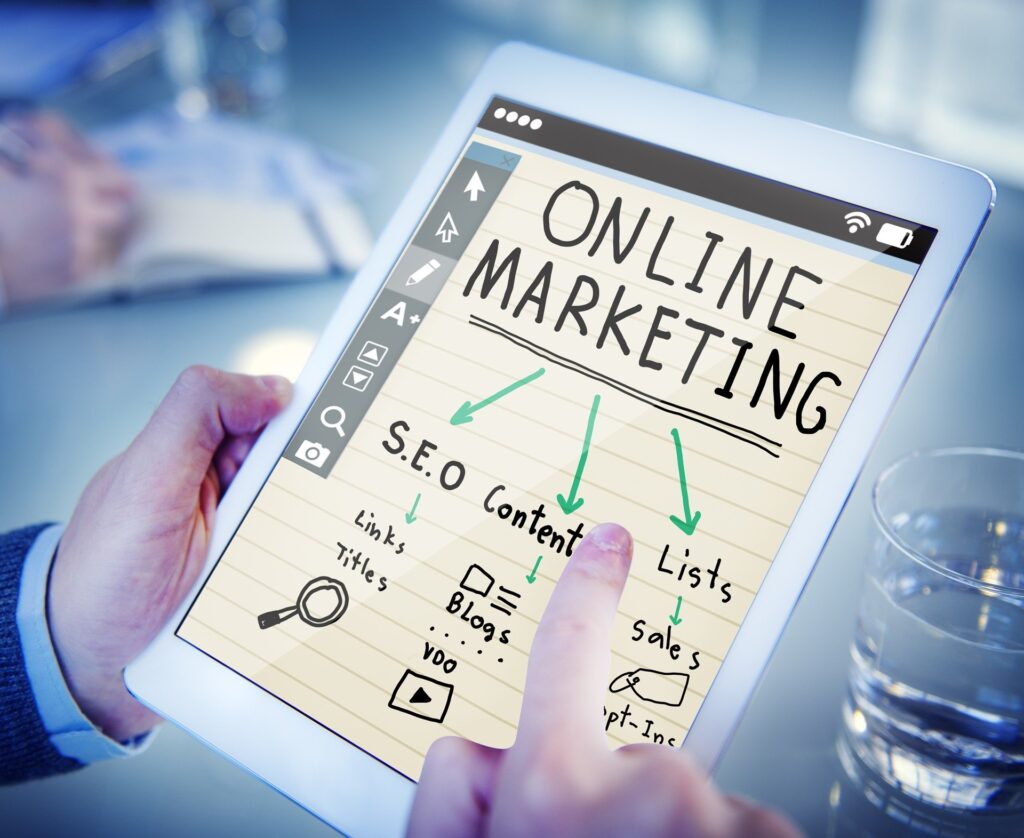Did an employee or intern leave with your social media or website login and passwords? Or did you outsource your social media or website build, and they never provided you with the passwords or administrative access?

It’s happened to many of my clients. For instance, one client’s Twitter (now X) account was set up by an employee using her work email address. She’s no longer with the company. They deleted her email. No one wrote the password down. They lost their company name as a Twitter username. Another had a similar issue with an intern. Yet another with a well-meaning volunteer.
Your social media accounts are the way you promote your business. You MUST
X (formerly Twitter)
On X (formerly Twitter), you can get in if you don’t know the email but have the password. That’s easiest because you have the username. However, you’re stuck without the password. If you click “forgot password”, they’ll send an email to the email address on the account. If that email is no longer working, too bad. You can try to contact X, but good luck with that. You essentially need to create a new account using a different email address and username. Pinterest works similarly to X.
Facebook is just as complicated. To create a Facebook page, you need to be logged in to your personal account. If an employee created it with his or her Facebook account and did not add you as an admin or owner with full control, you have no access. You can’t just log into it. To be added as an admin, you need to be connected to the person who created the page. Make sure that you’re added as an ADMIN. Only Admins can add or remove people from page roles. It’s also wise to remove people who are no longer working with you. Learn about Facebook Page Roles. Or maybe your Facebook Page got hacked! Here’s what to do in that case.
LinkedIn is easiest. You can have several admins on the page. However, you must be connected to them on LinkedIn. They do not have to be employees of the company. If a former employee created the page under their account and did not add you, you need to contact them and ask them to add you as a Super Admin of the page. Learn about LinkedIn Page Admin Roles.
Now, if you can’t contact the former employee or service provider, you can try to contact the network. Response times will vary. Worst case scenario, you’ll have to just forget that page or account and create a new one. The only problem with that is there will be duplicate pages out there for potential customers to find, and it will be confusing — especially if the old page has outdated information or old branding.
On both Facebook and LinkedIn, you can merge pages. Furthermore, on LinkedIn, if you’ve accidentally set up multiple accounts, you can merge them.
How to avoid losing control of your social media…
- Make sure that whoever you hire to do your social media — whether in-house or outsourced — gives you all the usernames, emails, and passwords for your accounts if they’re setting them up. Make sure the agreement includes provisions for changing passwords, users, termination, etc. This is one thing that I do for my clients. They always have full access to their social media accounts, and I show them how to manage their pages.
- Make sure that at least one management-level person is an admin on Facebook and LinkedIn. Note: You cannot have a personal account under the company name. It is against the rules of both Facebook and LinkedIn.
- Make sure that you write down any passwords on paper somewhere, as well as online in a secure place, and that more than one management person knows where they are.
This Applies to Your WEBSITE!
I’ve heard of website developers from outside the U.S. holding websites hostage. The owner had absolutely NO RECOURSE. I told him to find a local, U.S. host and copy and paste all the content from the site to a new one hosted in the U.S. If the hosting and web developer/designer has an office in the U.S., you have recourse through the Better Business Bureau (BBB). In other words, if you keep business in your country! Don’t fall for the unbelievable offers from international entities. Thoroughly research who you’re going to give your business to!
Many people trust their webmasters to manage their websites 100%. Moreover, they could be very honest people. Nevertheless, you MUST know how to log into the back end of your website. Additionally, make sure you have the account information for your hosting provider as well as the website itself.
I’ve partnered with OnSiteWP (affiliate link) for WordPress Website development. We’re both based in Arizona. After we’ve built your website, we give you full access and a training session on how to blog and do minor editing on your website. It’s YOUR Website. You own it. You should have control over it. If you need updates done, we’ll be happy to do them for you. There may be an additional cost depending on what the changes are.
If you are unhappy with your hosting provider, we’d be happy to give you a quote! Click here to book a FREE 15-minute Zoom call to review your site and marketing efforts.
Think of these logins as the keys to your house or car. Who do you trust with them? What do you do if something happens to that person or persons?

If you have this problem with your social media accounts, please click here to schedule a free 15-minute phone consult and analysis and I’ll evaluate your situation and give you options.

Get it on Amazon Kindle!









